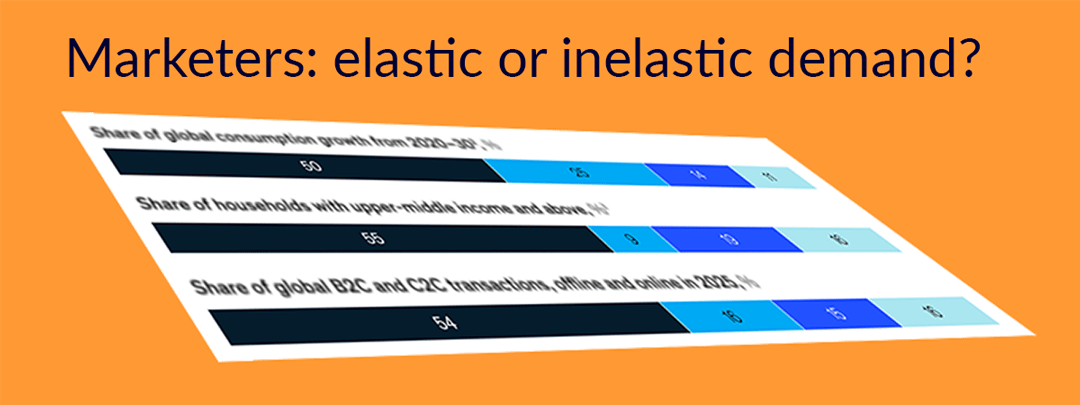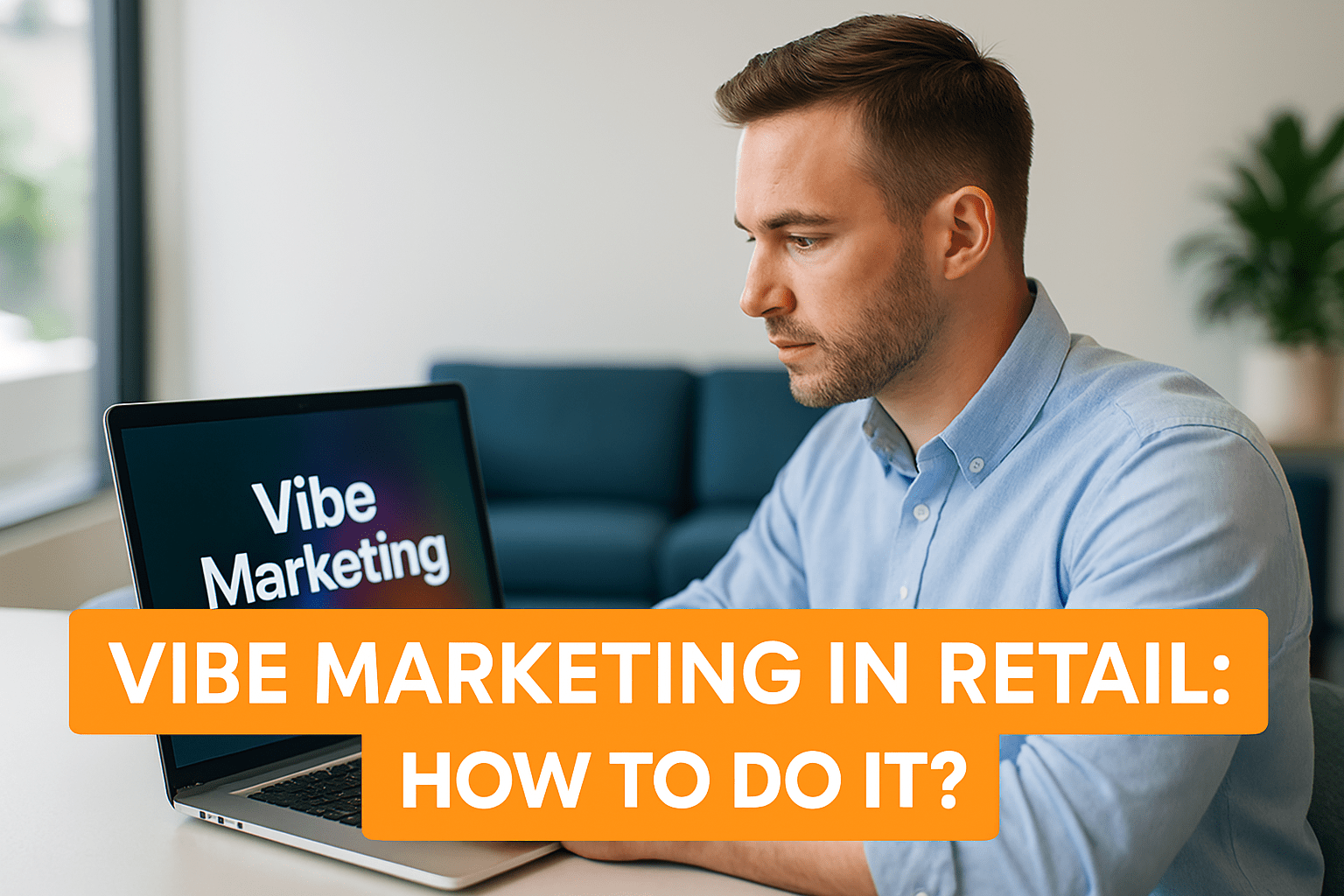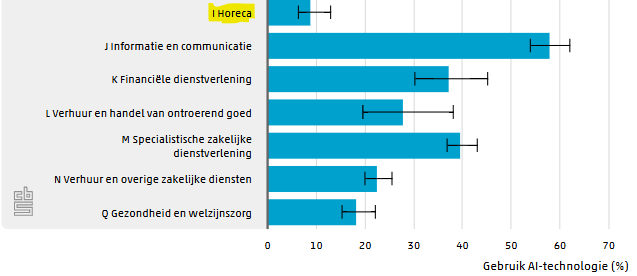A new concept is emerging: vibe marketing. Coined in tech, vibe marketing now describes a hands-on-yet-automated approach to managing customer engagement. In loyalty marketing, it means using intelligent tools to create highly personalized, data-driven programs—without getting lost in technical complexity. Rather than replace marketers, vibe marketing frees them to focus on strategy and creativity. For those looking to scale loyalty efforts with precision and agility, VEMT provides the structure and automation needed to bring the right “vibe” to every customer interaction.

Marketer: do you experience elastic or inelastic demand?
The pandemic is still there. But growing vaccination rates cause consumers to return to pre-pandemic behavior… or aren’t they? This is a crucial question for marketers like you: are your customers picking up old patterns again (including purchasing your products or services), or won’t they? And what are you going to do about it?
Elastic or inelastic demand
Part of the marketing-puzzle is to figure out if the demand for your product or service is elastic or inelastic to the pandemic. If your customers stayed away due to store closure, travel restrictions or changed behavior, will customers catch up (soon) for all missed turnover? If so, then your demand is elastic. We see this in some parts of the travel industry: people are now booking extra luxurious trips since they want to ‘make up’ for missed adventures. Business Realtors, construction and even cosmetic surgery are other examples of companies that experience strong ‘catch-up behavior’ from consumers proving demand can be elastic.
But if you run a restaurant, it is unlikely that guests will come in and order 20 meals to catch up for all the missed romantic dining nights. You’ll deal with an inelastic demand and will not able to fully recover from missed turnover. Similarly, when your company is a (shoe) fashion retailer, cinema, hairdresser, event management bureau or catering company. The list is quite long, unfortunately. Are you unable to recover all missed 2020-2021 sales?
What can you do?
In that case, you probably wonder how you can make your business less sensitive to inelasticity. Some companies have learned during the pandemic that owning a high-quality subscriber list, or even better, a strong customer loyalty program that goes beyond transactional rewards, is an important part of the formula. Both mean that:
- You have a low-cost method to quickly and directly connect to your customers
- You have data about them (especially about members) that allows you to be more relevant in your communication than your competitors can
- You have created a more-than-transactional relationship with them, which means they will consider you sooner or longer
- You have (for loyalty) created a reward mechanism with which you can influence their behavior at crucial moments/have built routines that can be picked up easily again
These two assets (subscriber list and loyalty program) have delivered high ROI-levels during Covid-19 lockdowns, but pay off even more now marketers are focusing on lower vulnerability strategies to bounce back strongly and prepare for future market disruptions.
The to-do list for elastic demand marketers
When your demand proves to be elastic, you might be mistaken about your seemingly comfortable position. Unfortunately you can’t lean back. You will experience that competitors will effectively battle for your customers profiting from the unique situation of increasing spend while consumers massively develop new routines and buying behavior. The smartest companies are actively working to increase their share of the deferred consumer spend. They are quickly shifting market shares and profit from the strongly growing demand, and from your customers building back their daily routines and patterns during which they are open for new behavior and new routines.
So, you’d better set up your defenses quickly and make sure you build that lifeline to your customers and surprise them with new experiences to keep ‘old routines’. A strong focus on offering great customer experiences using your database full of data to increase relevance and personalization matters more now than pre-covid. Digital transformation had an internal focus; now you have to deliver to keep customers on board or increase your share of the pie.





